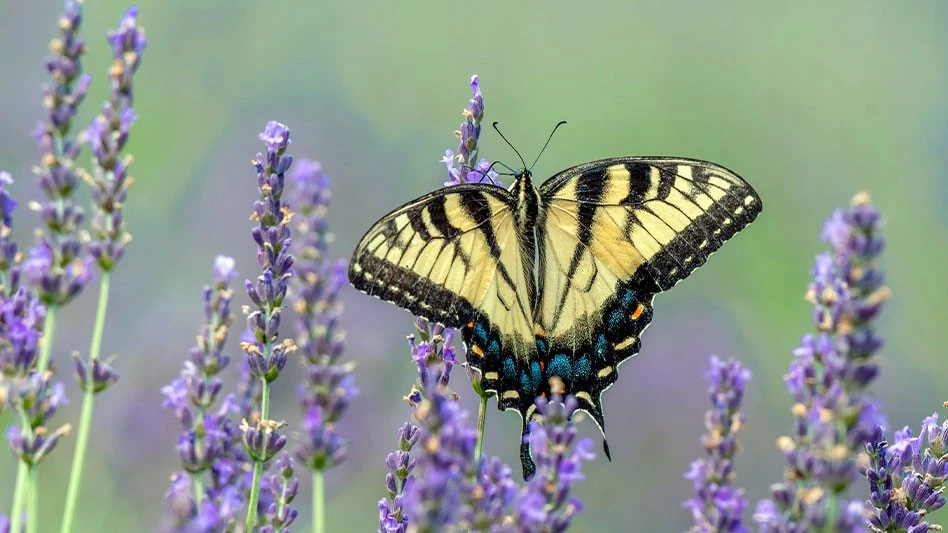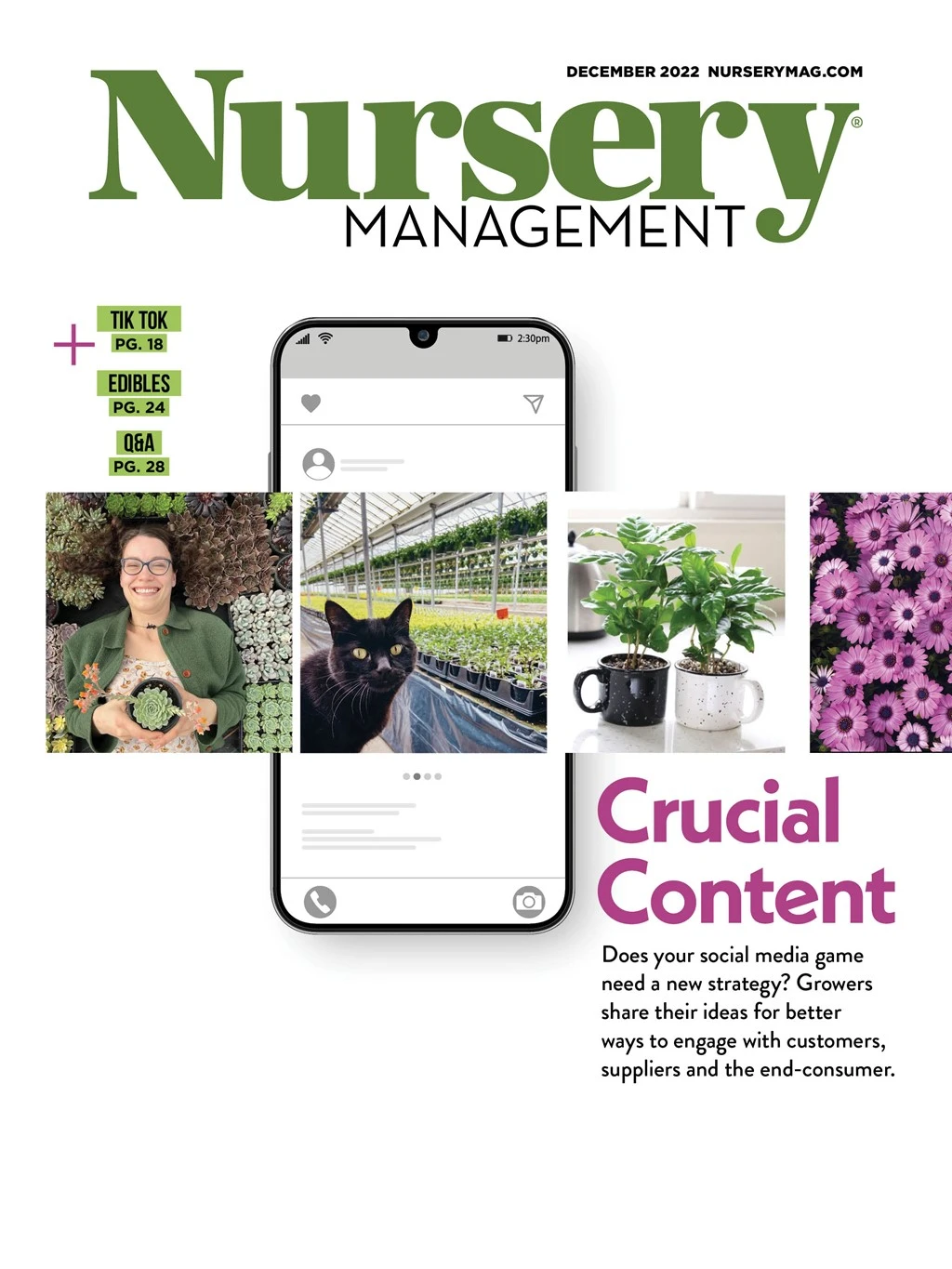

Alicia Rihn is a professor in the Department of Agricultural and Resource Economics at the University of Tennessee – Knoxville. Her research and extension programs focus on consumer behavior, willingness-to-pay and perceptions of horticultural products. We recently spoke with her about the popularity of pollinators among consumers and the best means of marketing plants to consumers to add value for customers and growers alike.
You recently researched consumer perception of the plant characteristics that aid pollinators. What were the goals of that project? Do consumers know how plants help pollinators? Essentially, the thought process behind that particular study was if we’re not telling people that this is a pollinator friendly plant, what is their perception? What are they relying on? Because it’s all internal. Your perceptions might be different from mine. And both of us are probably going to be different than someone who works with pollinators.
We provided people with an extensive list and asked, ‘What attributes do you think indicates that a plant is pollinator-friendly if you’re not provided that content at the point of sale?’ They selected those that thought would be an indicator to them as individuals that that plant would aid pollinators. Not surprisingly, the top choice in 62% of our sample was ‘pollen-producing.’ No. 2 was ‘produces flowers’ at 60% and third was ‘nectar producing’ at 57%. Fourth was ‘bright-colored flowers’ at 49%.
What are your takeaways from those results? The top four choices had to do with the flower itself, which makes sense. You would expect a flower to be beneficial toward pollinators. But at the same time, a brightly colored flower may have been bred for that at the expense of other characteristics that may have been more beneficial for pollinators.
Next up was ‘pesticide-free,’ ‘environmentally-friendly,’ ‘fragrant,’ ‘native’ and ‘grown using natural practices.’ It’s like they started with the flower and then they started looking at production methods and trying to align it with what they think is pollinator-friendly.
Those were the top ones. Interestingly, only 2% of the survey respondents viewed pollinator-friendly promotions as a marketing gimmick and they did not feel that genetic modification was an issue.
What actionable advice would you suggest for growers or retailers in terms of how they should be marketing to these consumers? It comes down to training. You need to provide that information at the point of sale. People are recognizing that pollinators are an important component of their landscapes and gardening, and as an industry we’re recognizing that value to the consumer and the environment.
Providing that information at the point of sale is very important. There is a lot of variability in the terminology people use. We looked at that [in our study] and ultimately, what we found was that it doesn’t really matter if you’re saying this plant is butterfly-friendly or this one attracts monarchs. Specificity is not nearly as important as providing that information so people can make wise choices with their plant selections.
What sort of wording do consumers prefer? When we asked what verbiage consumer would like to see, they tended to gravitate toward ‘pollinator-friendly’ and other broad terms. They like broader terminology because it’s all-encompassing. It may benefit birds, moths, bees and butterflies instead of just one [type of pollinator]. But when we asked, ‘How do these terms impact your purchase likelihood?’ they are comparable; they’re all positive.
How can growers take advantage of this pollinator popularity among consumers? Well, I think the main thing would be to talk about the benefits and the production methods that are being used to aid pollinators and provide that point-of-sale information to encourage people to buy these products. We started doing this pollinator research several years ago and people really like it over, say organic production methods. They still say ‘pollinator-friendly is more important to me.’
It’s one of those attributes in product characteristics thatwill be ongoing and important to people. And then if you tie that with something that’s aesthetically pleasing and fits their current design element, then it’s kind of a win-win, right? It’s like, ‘ooh, this plant has this environmental benefit, but it also works in a way that I want it to look in my property or garden.’

Explore the December 2022 Issue
Check out more from this issue and find your next story to read.
Latest from Nursery Management
- John Ruter shares UGA's latest woody and herbaceous ornamental plant breeding projects
- Conor Foy joins EHR's national sales team
- Pantone announces its 2026 Color of the Year
- Syngenta granted federal registration for Trefinti nematicide/fungicide in ornamental market
- Get to know Kayela Aeppli
- HILA 2025 video highlights: John Gaydos of Proven Winners
- Q&A with Justin Bartlett
- Be the best choice





